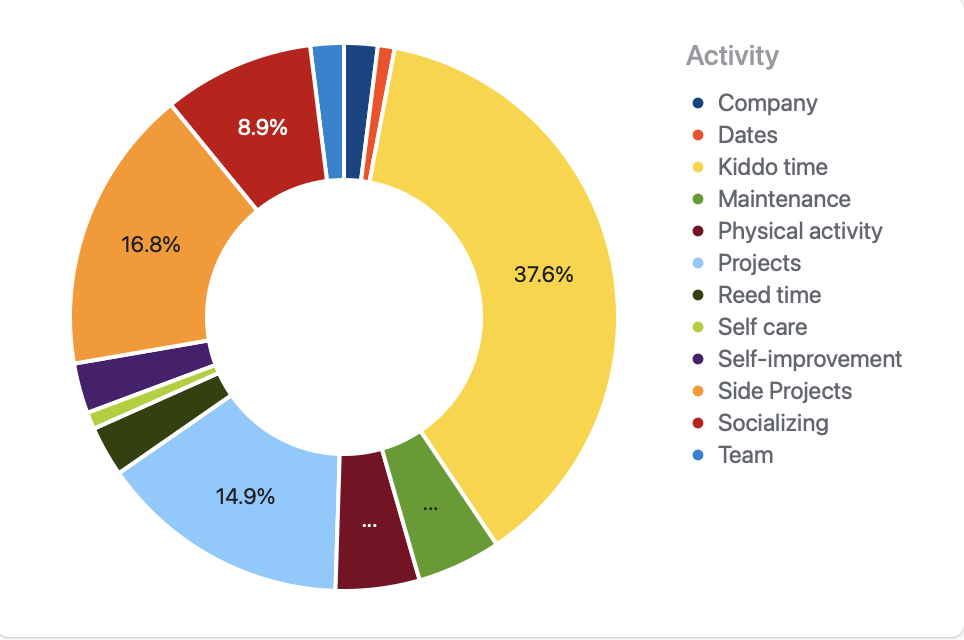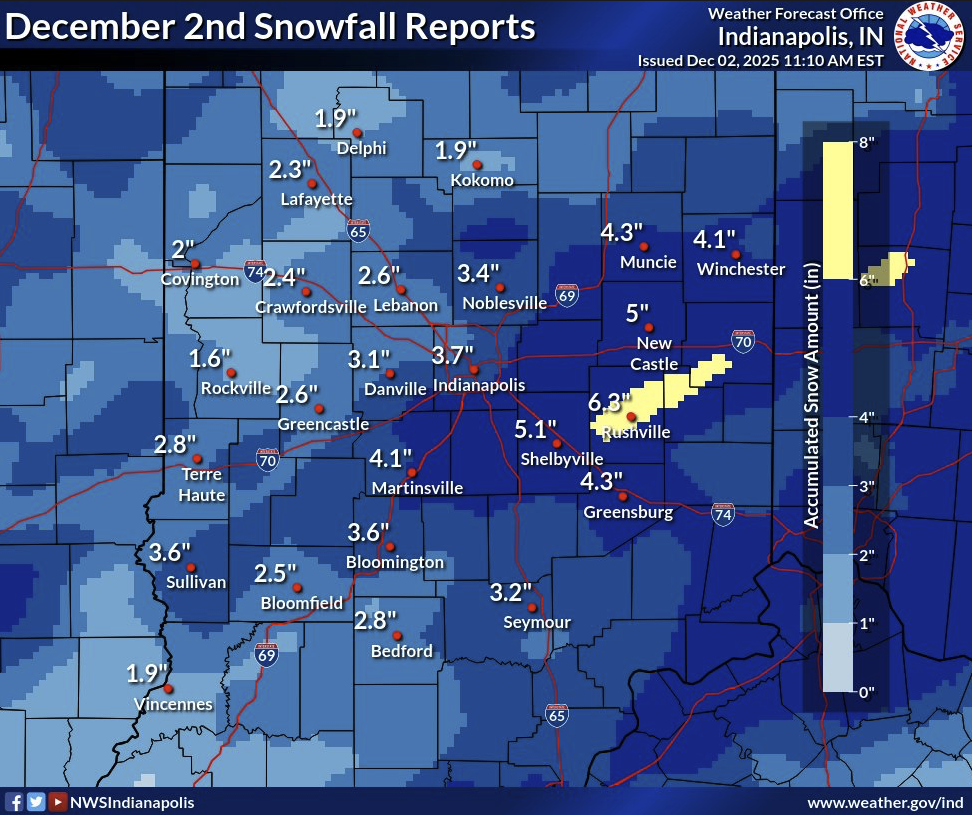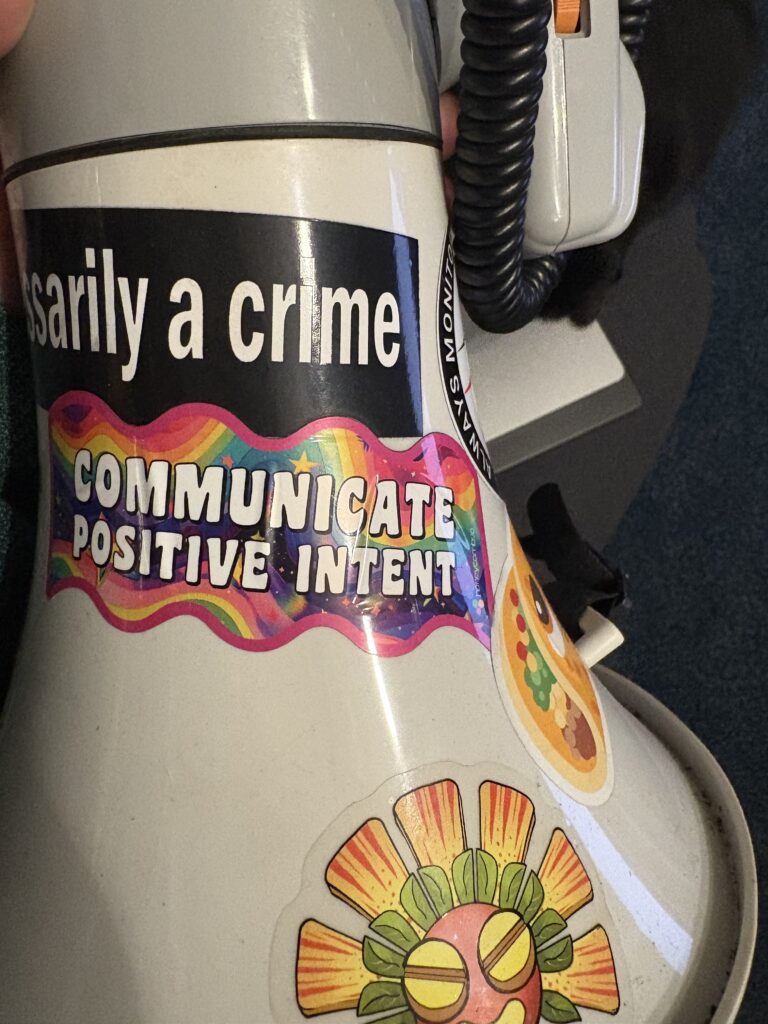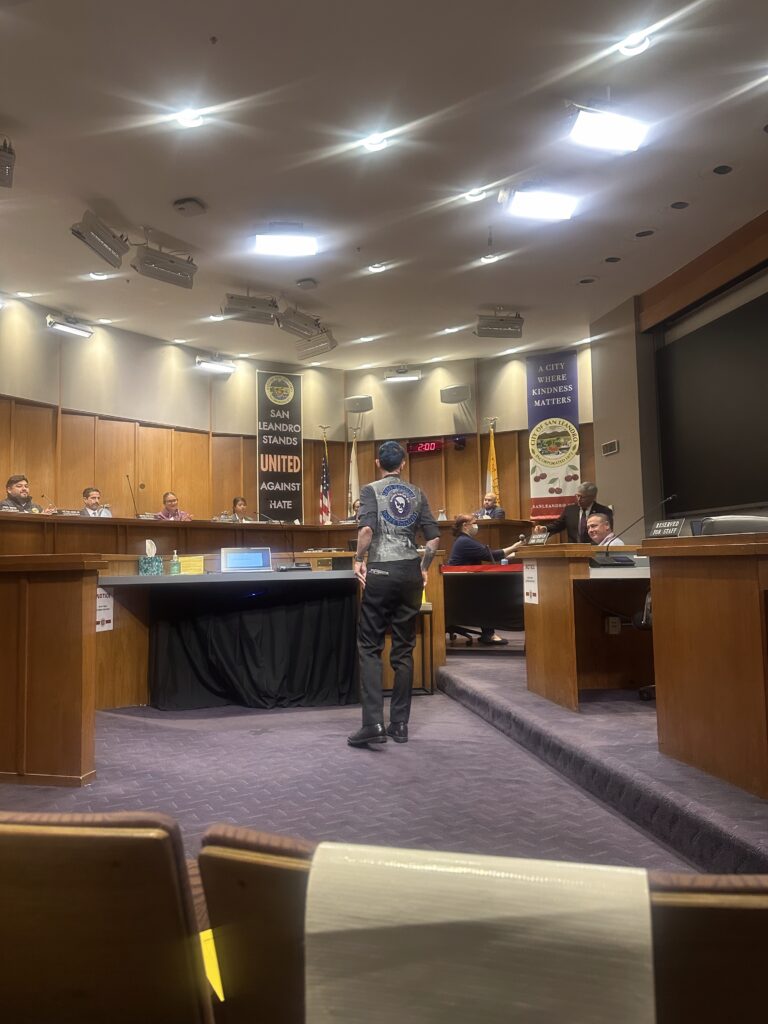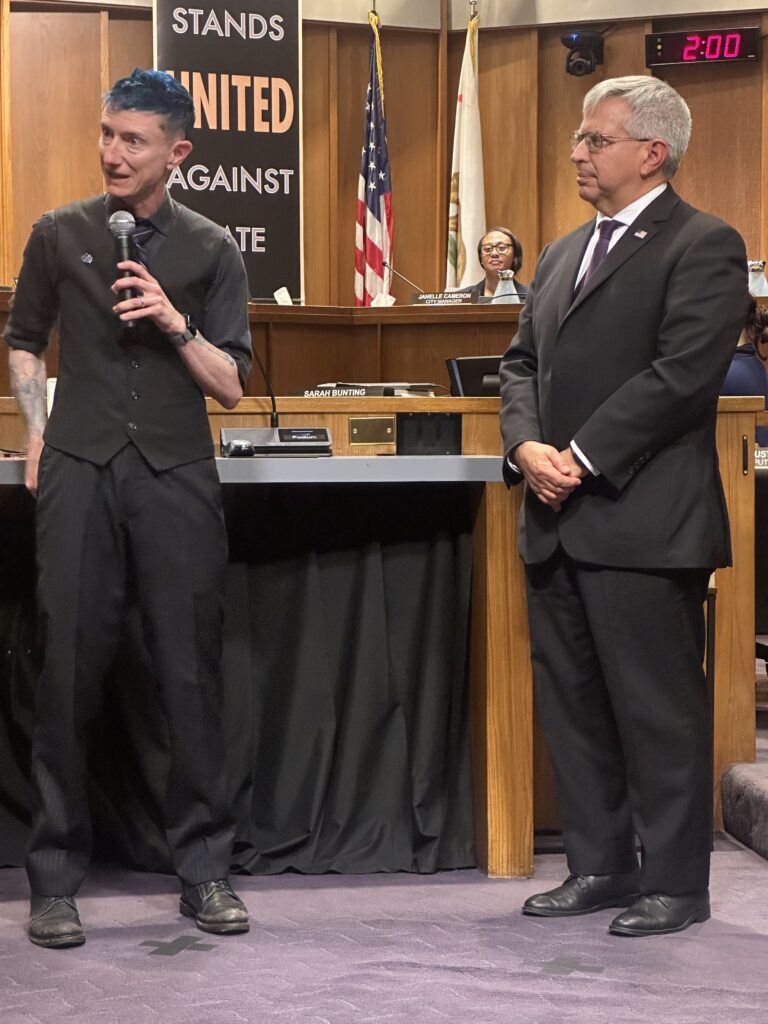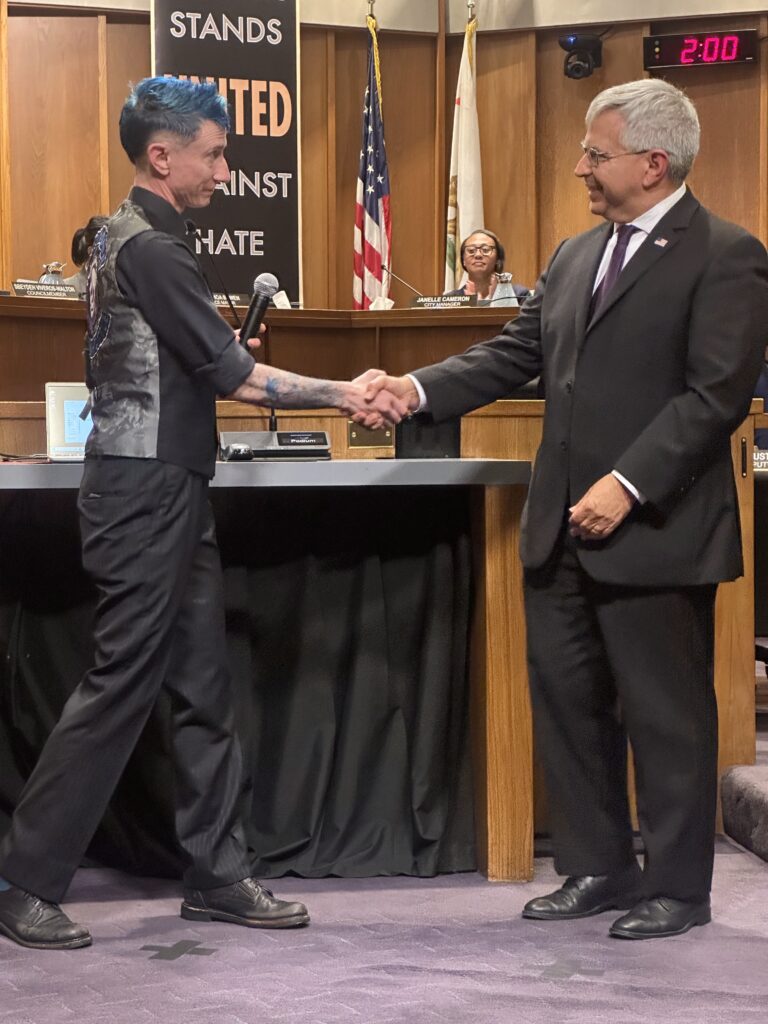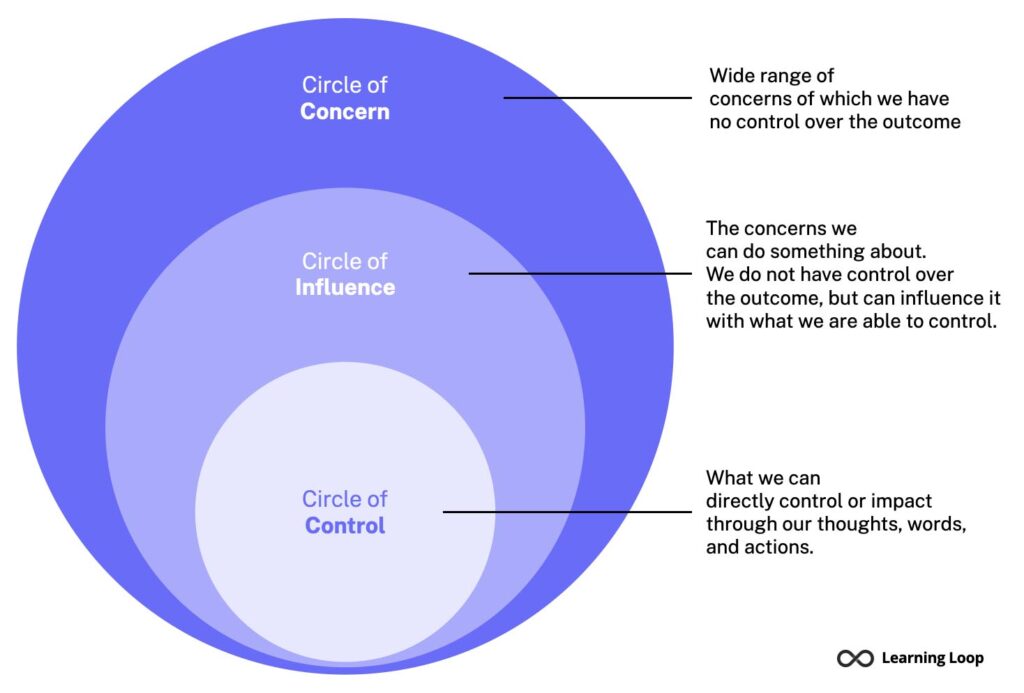I’m honored to have helped establish, or to help continue fostering, several radical groups that have survived past their origin moment and group. The challenges that come with the second or third generation of stewards while also navigating organizational momentum are unlike those of founding a group, and I’d like to chat about them with you here. Each section has a founding pattern, the results of that pattern, and what to do about it to mature more. None of the sections involve imposing hierarchy on a distributed organization.
The Pattern: Everyone is Welcome and Empowered
Hark, radical inclusion a la Geek Social Fallacies. We are radically inclusive, and therefore share our logins with everyone who has shown a mild interest in helping us out. I wrote about this in more depth for the Disaster Zine, but in short, this looks like allowing broad access to data stores and decision making, which then broadens the attack surface in multiple ways.
The result
You end up with bogged down consensus making processes by people who aren’t otherwise participating; and you end up with the broad side of a barn for data access issues. People make mistakes in documents and databases and no one can figure out the change log or if the issues are malicious or just oversights. You’ve probably had at least one phishing attempt, and if one was successful, you’re finally looking at the tangle of your “org chart” and feeling daunted by how to make sense of it.
Maturing
Establishing Role-Based Access Control (RBAC) with clear decision points (whether time-based or otherwise) for reassessing each account’s owner(s) and privileges is vital here. Writing down these processes and rubrics makes it feel less personal when the review time comes up, and it won’t be a surprise to anyone.
RBAC should match the desired organizational structure, not whatever you’ve happened into over time. Use this as a moment to talk about operations, opsec, and org charts.
The Pattern: Matching Organizational Structure to Personalities
A bunch of folks showed up to help out, and some of them stuck around! The org chart starts to match the personalities, not the operations. Willow likes facilitation, operations, and security, and so we have one department that does that with all the folks who like working with Willow.
The result
Separating out bank account access from who administers the communication tool suddenly becomes a huge issue when the personality who loved doing both those things decides they’d like to move on and train up a new person. Do you try to find a matching personality, or do you finally separate out the roles more clearly so different people can come into the org?
Maturing
Defining roles and responsibilities clearly, and allowing people to take on multiple roles is a more extendable approach than trying to shoehorn people into oddly-structured roles. Let the people build their own complexity with well-defined pieces.
The Pattern: We are Values-Aligned above All Else
We believe the same things, so we must be able to work together well, right? No. Hiring for strongly held beliefs makes sense when you’re building a brand, but can lead to difficulty implementing in the long run.
The result
Having to play politics, political capital triumphing over well-formed ideas, and a stressful work environment result here. Everyone has big ideas strongly held, but the differences in implementation prevent the organization from moving forward and proving those ideas out.
Maturing
Values are a foundation, they are not a stick with which to beat people. Work with your existing crew to foster flexibility, make sure collaborative abilities are considered for future hires. My favorite interview approach for this is to ask about a difficult situation or person, and to listen for the interviewee demonstrating respect and self-reflection from the example.
